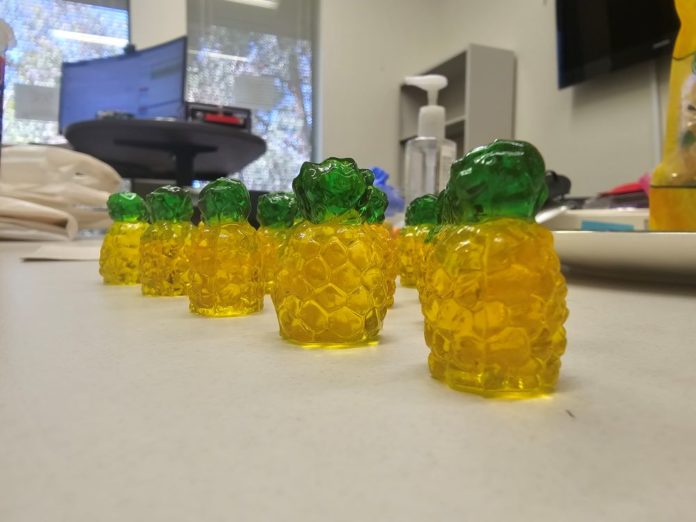The internet has made it easier for private sellers to advertise cars. These are often advertised at a much cheaper price than the prices offered by dealerships. This begs the question: why still buy from a dealership? Well, there are still many benefits that you get from buying through a dealership that you don’t get when buying from a private seller. Below are just some of the main pros of buying from a car dealership.
Specialist knowledge
Most dealerships are run by experts who are knowledgeable about the cars they’re selling. Some of these experts may be able to offer advice if you’re not sure what type of car you’re looking for or may be able to answer questions regarding vehicle specs that a private seller may not be able to answer. For example, if you want to buy a BMW but are not sure what model to buy, going to a BMW dealership could give you the option to learn about different models and find out which is best for your needs.
Finance deals
Car dealerships often have partnerships with various finance providers. Some dealerships may even be able to get you exclusive deals on finance that you may not be able to find independently. This could allow you to save money in interest fees.
Part exchange capability
A lot of used car dealerships offer the option to part exchange your current vehicle. This involves buying your current vehicle and then discounting this from the price of whichever new vehicle you buy. This can be much more convenient than having to sell your vehicle privately. You may not even have to worry about cleaning or fixing minor faults – some dealerships will buy your vehicle in any condition providing it can be easily repaired and restored. Just be wary that you may get a better price for your vehicle by selling privately.
Warranties
If you buy your car from a private seller and it experiences a fault a few months later, you may have a hard time trying to encourage the seller to pay for repairs. When buying a car from a dealership, there may be a warranty in place. This means that the dealership will pay for any repairs that are the result of wear and tear for a fixed time period after you buy the car. Used car warranties usually last six months to a year, while new car warranties can last several years. It’s possible to pay extra for an extended warranty if you desire.
Less risk
There’s more chance of you being ripped off when buying from a private seller than there is when buying from a dealership. Dealerships have a reputation to uphold and therefore are less likely to conceal problems or lie about a vehicle’s history. Many will be more willing to provide a refund than a private seller if a vehicle does end up breaking down straight after buying it. Of course, there are some shady dealerships out there, but you can usually avoid these by reading online reviews.









